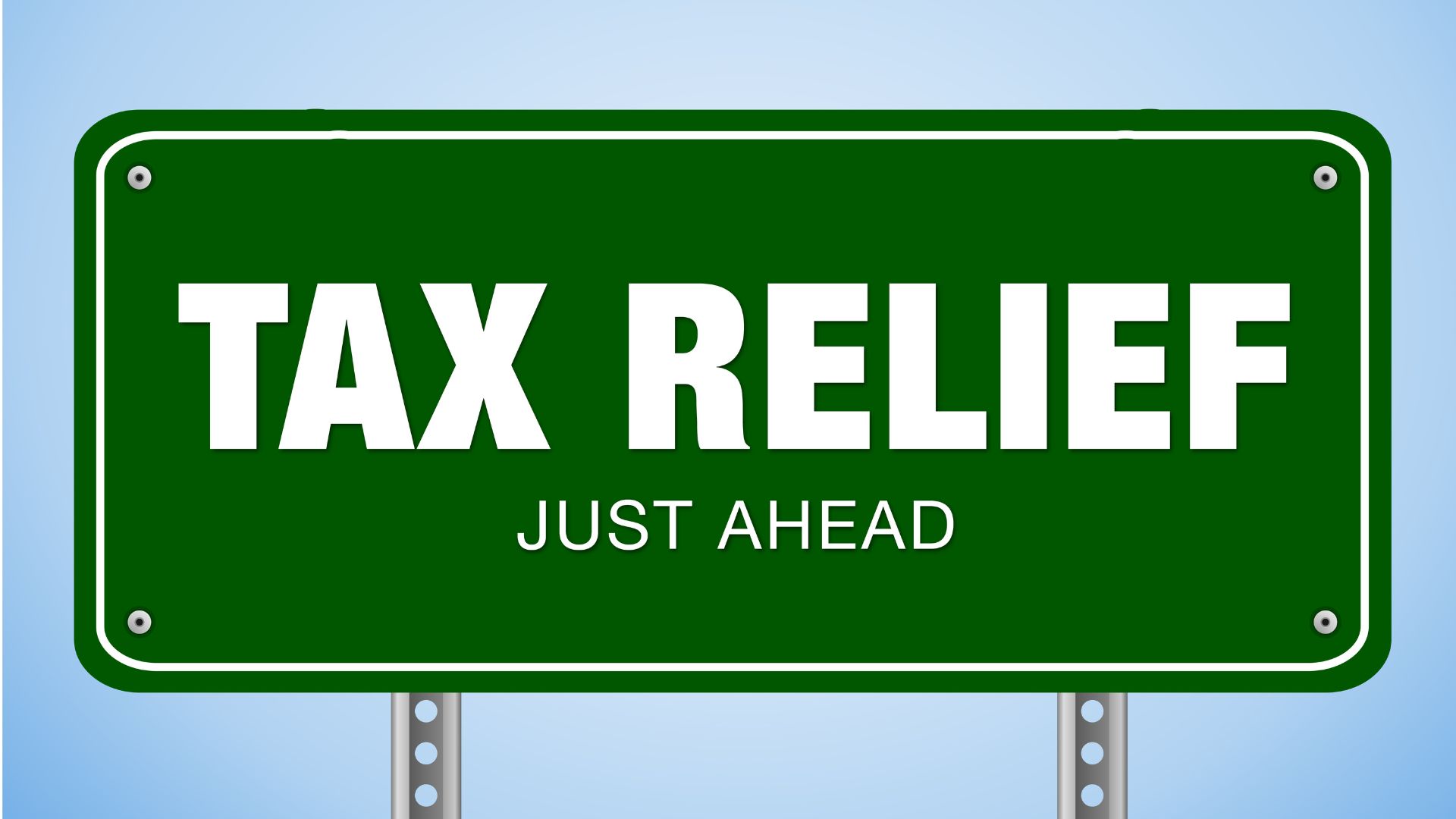Running a small or medium-sized business (SME) in the UAE is like navigating a desert highway-full of opportunities, but with challenges that require smart planning. As your business grows, so do its complexities, especially when it comes to taxes. Two powerful tools can help you steer through this landscape: Tax Group Formation and Loss Carryforward. These strategies aren’t just for big corporations-they’re game-changers for SMEs looking to save money and fuel growth.
In this blog, we’ll break down these concepts in simple terms, explain how they work in the UAE, and share real-life examples to show how your business can benefit.
Why Tax Strategy Matters for Growing SMEs
Taxes are inevitable, but how much you pay isn’t set in stone. With smart planning, you can:
– Reduce your tax bill legally.
– Reinvest savings into hiring, innovation, or expansion.
– Avoid surprises by understanding rules upfront.
Let’s dive into two advanced strategies that can make a big difference.
Strategy 1: Tax Group Formation – Strength in Numbers
What Is Tax Group Formation?
Tax Group Formation allows two or more companies under the same ownership to file a single tax return as if they were one entity. Think of it as a “family plan” for taxes-instead of each company filing separately, they combine their finances to calculate taxes together.
How It Works
– Combine profits and losses: If one company in the group makes a profit and another incurs a loss, the loss offsets the profit, reducing the overall tax bill.
– Single tax return: Simplifies compliance and reduces administrative work.
Eligibility Criteria in the UAE:
- Common ownership: The parent company must own at least 95% of each subsidiary.
- Same financial year: All companies must share the same fiscal year-end.
- Same accounting standards: Use IFRS or UAE GAAP consistently.
Real-Life Example
Al Noor Retail Group owns three stores in Dubai, Abu Dhabi, and Sharjah.
– 2024 Results:
– Dubai store: AED 500,000 profit
– Abu Dhabi store: AED 200,000 loss
– Sharjah store: AED 300,000 loss
– Without Tax Group: Dubai store pays 9% tax on AED 500,000 = AED 45,000.
– With Tax Group: Total profit = AED 500,000 – AED 200,000 – AED 300,000 = AED 0. Tax = AED 0.
Steps to Form a Tax Group
- Check eligibility: Confirm ownership, financial year, and accounting alignment.
- Notify the FTA: Submit a Tax Group application before the tax period starts.
- Maintain records: Track intercompany transactions to avoid disputes.
Common Mistakes to Avoid:
– Assuming subsidiaries with 50% ownership qualify (it’s 95%!).
– Ignoring deadlines for forming the group.
Strategy 2: Loss Carryforward – Turn Past Losses into Future Savings
What Is Loss Carryforward?
Loss Carryforward lets businesses use current-year losses to reduce taxable profits in future years. It’s like a “rainy day fund” for taxes-if your business has a tough year, those losses can lower your tax bill when times improve.
How It Works in the UAE
– No time limit: Losses can be carried forward indefinitely.
– Cap: Losses can offset up to 75% of taxable profit in future years.
– Exceptions: Free zone companies may have restrictions.
Real-Life Example
Tech Innovators LLC, a Dubai-based startup, had a rough first year:
– 2024: AED 400,000 loss.
– 2025: AED 600,000 profit.
– Tax without Loss Carryforward: 9% of AED 600,000 = AED 54,000.
– Tax with Loss Carryforward:
– Offset 75% of 2025 profit: AED 600,000 × 75% = AED 450,000.
– Taxable profit: AED 600,000 – AED 400,000 = AED 200,000.
– Tax: 9% of AED 200,000 = AED 18,000 (saving AED 36,000).
Steps to Use Loss Carryforward
- Document losses: Keep financial statements and tax returns as proof.
- Apply in future returns: Report the loss amount when filing for profitable years.
- Stay compliant: Ensure losses aren’t due to non-deductible expenses (e.g., fines).
Common Mistakes to Avoid:
– Forgetting to report losses in the year they occur.
– Assuming losses can offset 100% of future profits (it’s 75%).
Combining Both Strategies for Maximum Impact
Tax Group Formation and Loss Carryforward can work together to supercharge savings.
Example: Green Energy Solutions
– Parent Company: Owns two subsidiaries (Solar Tech and Wind Power).
– 2024:
– Solar Tech: AED 1,000,000 profit
– Wind Power: AED 800,000 loss
– Tax Group Result: Net profit = AED 200,000. Tax = 9% × AED 200,000 = AED 18,000.
– 2025:
– Combined profit: AED 1,500,000
– Loss Carryforward from 2024: AED 800,000 (Wind Power’s loss)
– Taxable profit: AED 1,500,000 – AED 800,000 = AED 700,000
– Tax: 9% × AED 700,000 = AED 63,000 (instead of AED 135,000 without strategies).
Practical Tips for SMEs
- Plan Ahead:
– Form a tax group before the financial year starts.
– Track losses meticulously-they’re valuable assets.
- Consult a Tax Advisor:
– Rules are complex. A professional can help structure your group or claim losses correctly.
- Avoid Pitfalls:
– Don’t mix personal and business finances-it complicates group eligibility.
– Update records regularly to simplify filings.
Conclusion
Tax Group Formation and Loss Carryforward are not just accounting tricks-they’re strategic tools that can save your SME thousands of dirhams. By combining profits and losses across subsidiaries or leveraging past challenges to reduce future taxes, you can keep more money in your business and fuel its growth.
The key takeaway? Don’t go it alone. Work with a tax consultant to ensure you meet all requirements and maximize these opportunities. With the right strategy, your SME can thrive in the UAE’s competitive landscape.
Ready to optimize your tax strategy? Reach out to a certified UAE tax advisor today and turn compliance into an advantage!





